Coaching for Change: Using Strengths in Organisational Transformation
Organisational change is never easy. Whether it is a company restructuring, a merger, or a shift in workplace culture, leaders in Singapore face the challenge of keeping teams motivated, productive, and aligned. Change often disrupts routines, tests relationships, and pushes people outside their comfort zones. This is where strengths-based coaching can make all the difference—helping employees see change not as a threat, but as an opportunity to grow and contribute in new ways.
Why Strengths Matter in Times of Change
During transition periods, uncertainty can create tension and lower morale. Teams may experience reduced engagement, personality conflicts, or a lack of clarity about new roles. Strengths-based coaching addresses these issues by focusing on what each person naturally does best. Using a scientifically proven tool like CliftonStrengths, individuals learn about their unique talents, how they think, how they work with others, and how they can contribute meaningfully to the organisation’s evolving goals.
In Singapore’s fast-paced business environment, where competition and efficiency are paramount, this approach helps leaders tap into the full potential of their teams. It is not just about surviving the change—it is about emerging stronger, more connected, and ready to perform at a higher level.
Strategies for Using Strengths-Based Coaching in Transformation
The first step is to create awareness. Strengths School’s TeamEDGE™ workshops are designed to help employees understand their innate wiring and how it shapes their working style. This awareness immediately improves communication and reduces misunderstandings—critical when roles or reporting structures are shifting.
Next comes alignment. Leaders and managers are coached to position team members where their strengths will have the greatest impact. This is especially valuable during restructuring, as it ensures that people are placed in roles that energise them, rather than drain them.
Finally, strengths-based coaching reinforces adaptability. By helping individuals recognise how their talents can be applied in different contexts, employees become more resilient. Instead of resisting change, they are better able to embrace it, find creative solutions, and maintain high performance levels.
Case Study: VF Corporation Asia
When VF Corporation Asia wanted to improve performance and engagement across its teams, it engaged Strengths School to roll out a CliftonStrengths programme. Leaders gained deep insights into the unique strengths of each team member and learned how to apply them to real business challenges. This approach proved invaluable during periods of change, enabling managers to motivate their teams more effectively and maintain strong collaboration across different functions and regions. Participants described the workshop as one of the most valuable they had attended, noting its lasting impact on both productivity and morale.
Case Study: Singapore Tourism Board
In another example, the Singapore Tourism Board worked with Strengths School to improve communication and relationships within its divisions. By introducing a common strengths-based language, employees were able to better understand each other’s working styles and adjust their approach accordingly. This shared understanding smoothed collaboration across departments and helped teams adapt more quickly to new projects and initiatives.
Building a Culture That Thrives on Change
Organisations in Singapore that succeed through change share a common trait—they invest in their people. Strengths-based coaching does more than improve performance in the short term; it builds a culture of trust, respect, and shared purpose. Employees feel valued for who they are and what they bring to the table, which makes them more committed and engaged.
When the next wave of change arrives—and it will—companies that have nurtured a strengths-based culture will find their teams ready, confident, and capable of turning challenges into opportunities.
For leaders navigating transformation, the message is clear: when you focus on what your people do best, you do not just manage change—you lead it.


